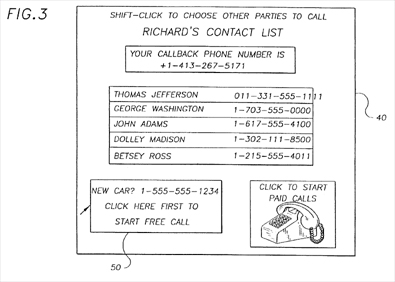Comcast VoIP 1, Dave "Grandfather of Internet" Farber, 0


And so, as Rich Tehrani reports, it played out in a Texas courtroom yesterday when Comcast successfully defended itself against a $2.2 billion lawsuit filed by Caritas Techologies.
Dave Farber, who is often cited as the "grandfather of the Internet," holds a series of VoIP-related patents. That was, and is, not in dispute.
What was in dispute in the procedure before the U.S. District Court for the Eastern District of Texas was the claim by Caritas that one of these patents refers to calls that are made partially via VoIP connections and partly via the PSTN (Public Switched Telepohone Network).
Caritas claimed that Comcast's Digital Voice Service (VoIP) used technololgies that infringed on that Caritas Patent.
Comcast, for its part, said they interpreted Caritas' patent to refer far more to set up conference calls on the PSTN, not actual Voice over IP.
Caritas said, yea, but our patent specifies calls that could be considered hybrid PSTN/VoIP calls.
Here's the Abstract:
In a telephone conferencing system, a digital communication network such as the Internet is used to establish and control the telephone connections between multiple conferees with the telephone network being the means of exchanging verbal information. Each conferee may have a computer connected to the digital network, and each has an independent telephone instrument connected to the public switched telephone network. An in-charge conferee utilizes his computer containing appropriate software to initiate the conference and to control the participation of the conferees. The in-charge conferee sends digital control signals to a switch interface controlling a telephone switch as a gateway to the telephone network using SS7 control signals. These SS7 control signals include the commands by which the conferee telephones are rung up, brought on line, or dropped from the conference. The switch provides telephone status information back over the digital network, and the in-charge conferee, as well as other conferees provided with appropriate software, display this status information on their PC monitors.
Yet the ruling issued yesterday took Comcast's side. The key phrase in the patent, "telephone connection in a telephone network," was held to mean a circuit-switched connection between telephones.
And that ain't VoIP.